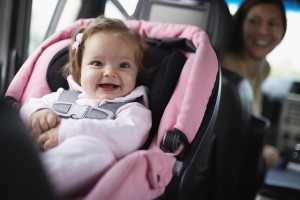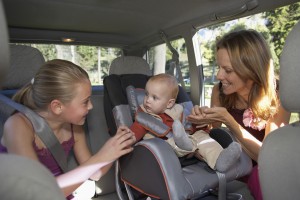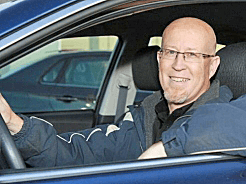
As many parents do, they keep infants in rear facing car seats for quite a while. The rear-facing car seat helps to support the child’s head and neck if the driver does a sudden swerve, stops abruptly, or is involved in a crash. Since the infant’s neck muscles haven’t built up much strength in those first years, keeping them in a rear-facing car seat as long as possible is the best thing for them. There are some rear-facing seats that can hold children up to 20 kilograms! As long as your child hasn’t outgrown the rear-facing child seat, keep them in it!

Once your child makes it to the booster seat, show them how to use the shoulder strap and lap belt properly. Although you should always ensure they’re properly buckled before each trip, make it part of their job since they’re now growing up. Ensure the shoulder strap is placed over your child’s shoulder, and never under their arm or over their neck or arm. An improperly placed strap may injure them in case of a sudden swerve or stop. The lap belt should be as low as possible on the hips and never over their stomach.
We now know where our young children should sit and why, but I know what you’re asking. When can they move to the front seat? In most jurisdictions children over the age of 12 can sit in the front seat. As parents we need to keep in mind airbags are in the front. Airbags can deploy as quickly as 200 mph/320 km/h and with great force. Why would any parent want that force coming into the upper body or face of a child?
I encourage you to keep your kids in the back seat as long as possible. It’s a lot safer for them. Avoid talking about how great the front seat is. They’ll have plenty of time to sit there when they’re older.

Scott Marshall is Director of Training for Young Drivers of Canada and started in road safety in 1988. He was a judge during the first three seasons of Canada’s Worst Driver on Discovery Network. Scott started writing columns on driving for his community paper in 2005. Since then his columns have been printed in several publications including newspaper, magazines, and various websites. You can visit Scott’s blog at safedriving.wordpress.com.
